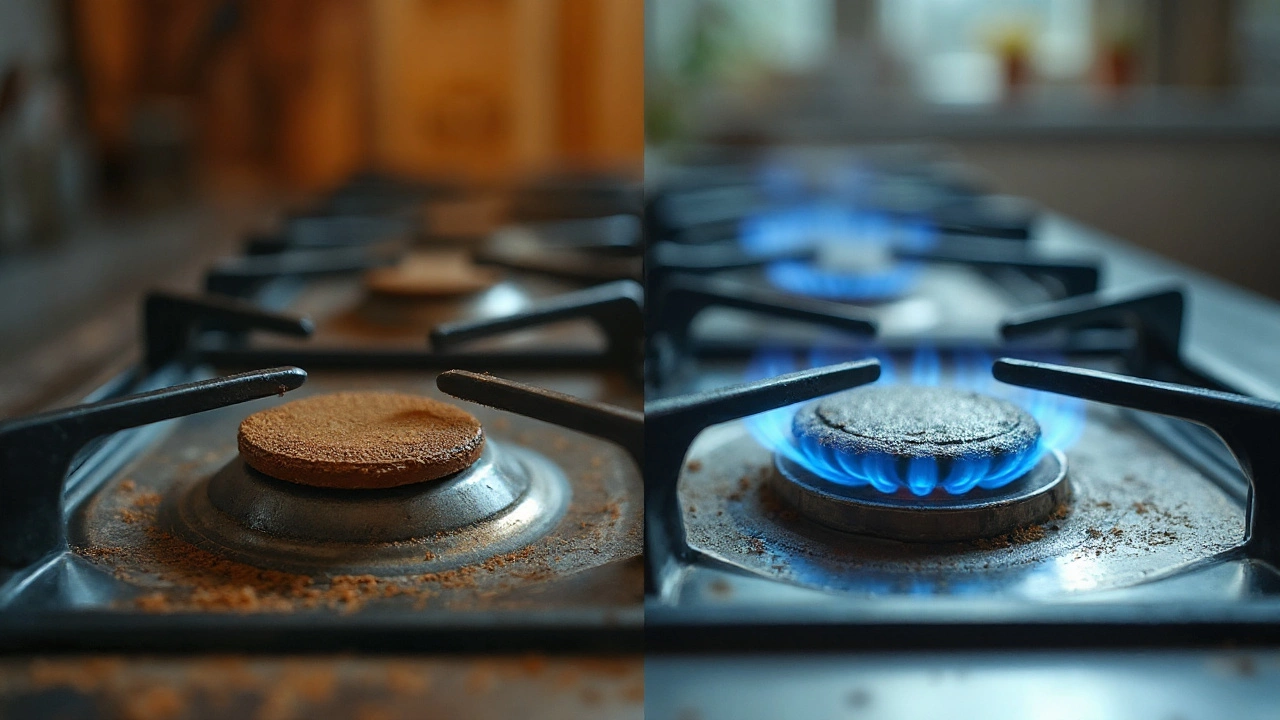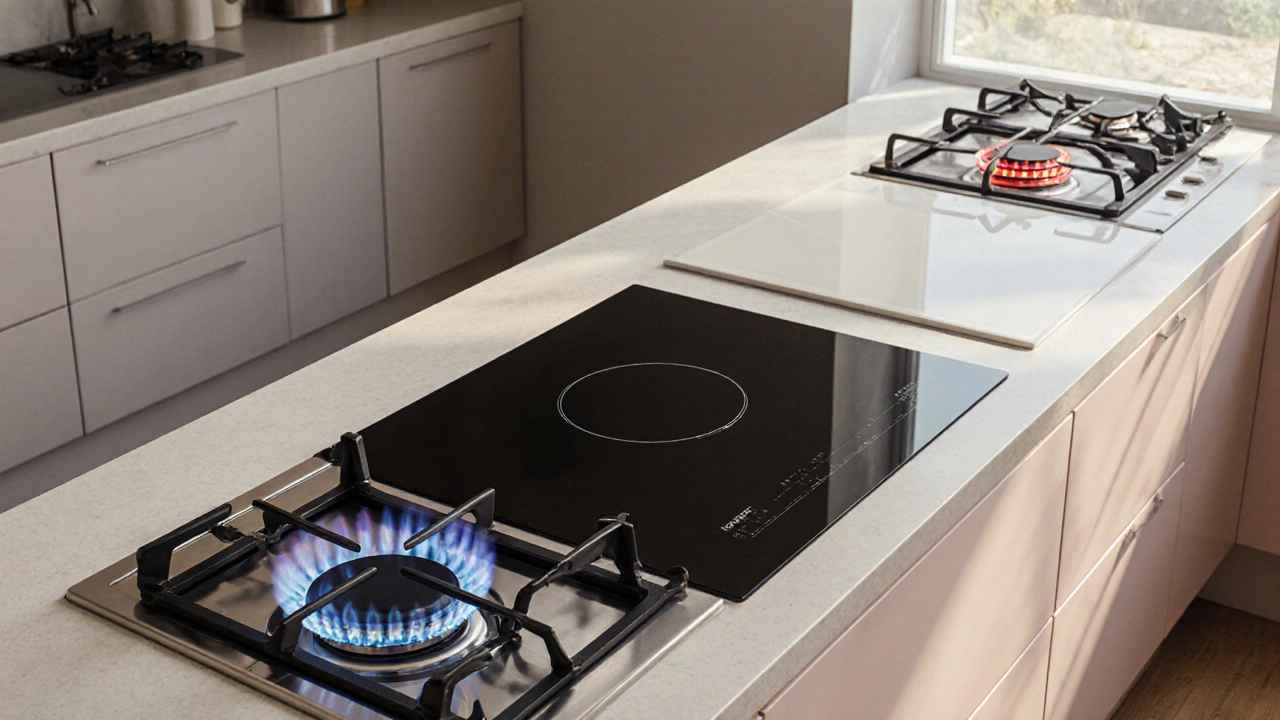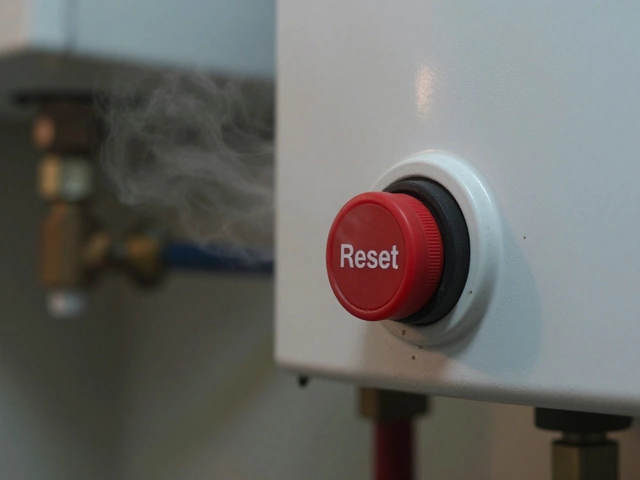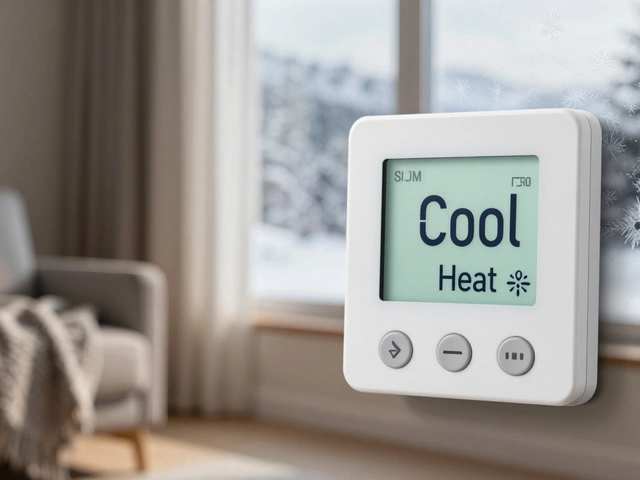You probably don’t think about your gas hob much—until it gives you trouble. Most people guess, hope, or cross their fingers for it to last ten years, maybe a bit more. But the reality isn’t as simple as a ten-year stamp. Some hobs conk out at eight, others are still frying bacon at fifteen. So, what’s going on? Why do some seem immortal while others wave the white flag early? Let’s dig into what really sets their clocks ticking, and why the same hob in two different homes might have totally different lifespans.
What Really Determines the Life Expectancy of a Gas Hob?
Here’s the thing: while most manufacturers claim their gas hobs have a 10-15 year lifespan, it’s not some fixed timer counting down in your appliance. Loads of things bump that number up or knock it down. For a start, it’s all about how often you use it. A hob that’s firing up breakfast, lunch, and dinner in a big family home will wear out quicker than one used twice a week in a bachelor pad.
The quality of the materials and brand matter too. Cheap, off-brand models with flimsy burner caps and plastic knobs just don’t last as long as the heavyweights from Bosch, Neff, or Miele. One industry report from 2023 showed that premium models can still work efficiently past the 15-year mark, while entry-level hobs begin to fail at 7 or 8 years. But it’s not all about the price. If you’re rough on your hob—slamming pots down, spilling sugary sauces then leaving them to turn into toffee glue—you’re shaving years off its life. Corrosion, grease buildup, and burned-out igniters are all consequences of neglect.
Installation is another hidden factor. If a gas hob isn’t fitted properly, you might not spot anything straight away, but hidden leaks and poor ventilation can cause damage over time—plus obvious safety issues. That’s why in 2024, the Gas Safe Register in the UK reported that over a third of gas hobs needing early replacement had been poorly installed. Using a certified Gas Safe engineer for installs and checks isn’t just paper-pushing, it actually saves you money on early replacements.
Kitchen conditions sneak on the list too. A hob next to an open window might corrode faster, especially if you live near the coast where salty air creeps in. Pets and kids can be rough on knobs and grates. Even your cleaning routine—scrubbing with harsh chemicals versus gentle daily wipes—makes a real difference.
To give you an idea, check out this breakdown from a recent 2025 online consumer survey about gas hob lifespans versus various factors:
| Factor | Average Lifespan (years) | Notes |
|---|---|---|
| Light Use (1–2 times/week) | 15+ | Minor wear, slow-aging parts |
| Heavy Use (daily) | 8–10 | Accelerated wear, frequent part replacement |
| Premium Brand, Regular Maintenance | 15–18 | Durable components, longer part life |
| Entry-Level Brand, Minimal Maintenance | 7–9 | Cheaper parts, more failures |
| Poor Installation | 6–8 | Hidden leaks, early faults |
No two hobs age exactly the same. The difference between one lasting 9 years and another soldiering on for 15 nearly always comes down to the stuff above.

How to Make Your Gas Hob Last Longer (Without Babying It)
Let’s get straight—nobody wants to spend twenty minutes after every meal babying their hob. But you also don’t want unexpected disasters, like burners clicking for hours or the whole thing refusing to light up the day before Christmas. The simple rituals matter, and they don’t have to ruin your day.
First, regular (and sane) cleaning works wonders. Wipe down spills as soon as the hob cools so sauces or oils don’t harden and block tiny holes in the burners. That’s not just for looks—blocked burners wear out igniters faster, so you’re stuck with a click-click that never sparks. Dish-soap and a non-scratch sponge are your best friends. Skip harsh graters or abrasive powders, which eat into the enamel or stainless steel.
Now, once a month, strip the burner caps, grates, and knobs. Soak them in warm, soapy water. This isn’t a beauty treatment—it’s about preventing hidden grease that turns into sticky cement and eats at metal over time. Use a soft brush to clear gas ports. If the tiny holes get blocked, you’ll end up with uneven flames, patchy cooking, and extra strain on the ignition system. Nobody likes lopsided pancakes.
Check your gas hose and connectors at least every six months. If you see cracks, stiffness, or any whiff of rotten eggs, call a pro ASAP. Gas leaks are nothing to shrug off. And if your hob’s ignition is battery-powered, swap out the battery every twelve months—even if it hasn’t failed yet. It beats diving for a torch when you’re mid-cooking.
One overlooked tip? Keep heavy pans in check. Dropping a cast-iron skillet on a burner can crack the ceramic coating or bend metal parts. Fatigue cracks spread invisibly and can shorten your hob’s life by years. Fitted flame-spreaders and good-quality grates handle knocks better and shield sensitive components below.
On the pro-level side, schedule a full hob service every year or two. Let a Gas Safe engineer check for leaks, test controls, and clean burners you have no hope of reaching. A few quid now saves a ton on a new hob. And remember, heat-damaged knobs or controls should be swapped at the first sign of melting or stiffness—cheap fixes that fend off big bills.
Here's a quick run-down of simple habits that genuinely extend a gas hob's lifespan:
- Wipe spills after every cook—once the surface cools
- Deep clean burner caps, grates, and knobs monthly
- Get a yearly check by a qualified engineer
- Swap out dodgy or slow ignition batteries yearly
- Don’t overload or slam-down heavy cookware
- Replace worn-out or cracked parts right away
These small steps add years to your hob’s life with barely any daily effort. Running out of patience for clicky igniters or patchy flames? You might skip all this and buy new every seven years. For the rest of us, these habits keep the cash in your pocket for something more fun than another kitchen bill.

When Is It Time to Replace a Gas Hob? Warning Signs & Cost Tips
It’s easy to get attached to appliances that just work, but hanging onto a haggard hob isn’t always the thrifty move. So how do you actually know if your gas hob is on the way out—short of it refusing to light at all or shooting up a giant orange flame?
First, keep an eye—and nose—out for gas smells. If you ever notice the rotten egg stench (even faintly) while the hob’s off, don’t mess around. Get a pro, stat. Even if that’s not happening, check out your flames. They should be steady and blue; orange or yellow flickers mean poor combustion, blocked ports, or even rust inside the burners. Plus, if you see flames that sputter or hiss, or the flame won’t stay on without holding down the knob, your ignition or valves might be shot.
Listen up too. Constant clicking when the hob should be working, or a persistent ticking noise long after you’ve lit the flame, points to a dodgy ignition or wet contacts. If you’ve cleaned and dried all the caps and it keeps happening, that’s a major warning your ignition’s wearing out or there’s damage to the wiring inside. And if you find yourself relying on a lighter every time, let’s admit: you’re putting up with nonsense you shouldn’t have to.
Physical signs matter as well. Wobbly or loose knobs, panels, or burners signal worn-out parts underneath. Corroded, flaking metal or chips in tempered glass mean the surface has taken one knock too many. Metal fatigue won’t get better—it usually leads to leaks sooner or later. And if you’re swapping out one control after another, that’s your cue that the internal parts are all the same age and likely to fail, one by one, soon.
Here’s another fact people don’t think of—energy costs. Old or failing hobs can be gas guzzlers. Studies in 2024 showed worn hobs with poor combustion spiked household gas use by up to 15%, just to boil a pot of water.
Here’s a shortlist of warning signs telling you it might be time for a replacement:
- Unusual gas odors around the hob, especially when off
- Flames burning orange/yellow instead of blue
- Burners that won’t stay lit or only work part of the time
- Persistent clicking after ignition
- Physical damage: cracked glass, rusted burners, broken controls
- Parts constantly wearing out or failing (switches, igniters)
- Noticeably higher gas bills without more use
If you’re seeing two or more of these, it’s probably not worth fixing. Replacement costs for standard four-burner models in the UK run from £90 to £350, with fancy smart hobs or extra burners topping £600. Add in about £80 for professional fitting, depending on your area. Spending a hundred quid each year fixing old burners doesn’t add up, especially with energy savings from a newer, more efficient model.
For those attached to their trusty gas hob, here’s a final tip: never ignore nagging little problems. Small repairs done on time actually extend the life, but letting grime, leaks, or mechanical faults build up is why so many hobs “die young.” Take care of the basics, and your hob can keep sizzling away for well past a decade—without giving you headaches after every mealtime.
So, if your gas hob is still running smoothly, give it the care it deserves, and it’ll return the favor by not turning mealtime into a crisis. And if yours is showing its age and needs replacing, at least now you know what to look out for before it’s too late.



